LazyPay expands pay-later service into the quick-commerce sector
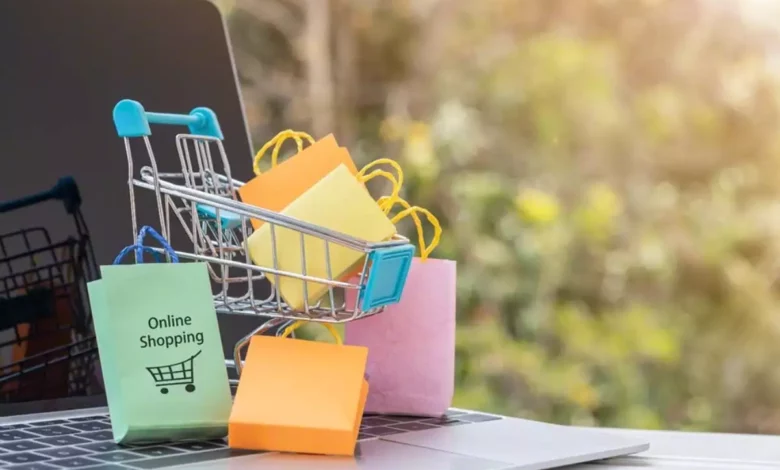
LazyPay expands pay-later service into the quick-commerce sector
PayU Finance’s LazyPay, a buy-now-pay-later service, stated on Tuesday that it had expanded its facilities into the rapidly increasing q-commerce market through a partnership with Zepto, a Y-combinator-backed 10-minute grocery delivery platform.
Consumers will be able to pay for high-frequency purchases later due to the partnership. Customers of Zepto will benefit from a smooth checkout experience from LazyPay, which will speed up and simplify their instant on-demand delivery experience.
“LazyPay dives farther into the hyperlocal/quick-commerce category with this agreement, further boosting its merchant network of over 38,000,” the company claimed. The relationship will alter the supermarket shopping experience for Zepto customers, especially given LazyPay’s rapid adoption of the Buy Now Pay Later (BNPL) solution.”
Every week, Zepto adds 100,000 new customers as one of the fastest-growing quick-commerce solution providers. The partnership offers the potential to expedite client adoption of Zepto by using LazyPay’s large customer base. In addition to the speedy checkout process, Zepto will benefit from LazyPay’s near-perfect success rate, which will reduce cart abandonment. Customers in Delhi, Ghaziabad, Gurgaon, Noida, Mumbai, Pune, Kolkata, Bangalore, Chennai, and Hyderabad will be able to use the BNPL payment option.
“Online purchasing caught up quickly in India thanks to Covid-19,” stated Anup Agrawal, Business Head, LazyPay. However, as the environment normalises, we see sustained growth trends and client expectations, as indicated by the q-commerce segment’s rapid rise. Given our shared goal of providing a convenient and hassle-free client experience, we are delighted to work with Zepto. We hope to make frequent purchases simple through this partnership, and we look forward to assisting Zepto in reducing cart abandonment due to failed transactions.”
“Our relationship with LazyPay will drive technical innovation, assuring a perfect ordering experience for users,” stated Kaivalya Vohra, founder and CTO of Zepto. We are ecstatic about this relationship and are looking forward to giving our users a positive experience.”
Zepto’s onboarding of LazyPay is a strategic response to BNPL’s existing status as one of the preferred payment methods. According to research, by 2024, the BNPL sector will have increased its market share from 3% to 9%, making it the fastest growing online payment alternative. Furthermore, according to industry forecasts, the q-commerce business is expected to reach $5 billion by 2025.

LazyPay’s Background
What is LazyPay?
LazyPay is a subsidiary of PayU, which offers various financial services. LazyPay is one of the many various pay later platforms accessible. Aside from the buy now, pay later option, no-cost EMI and personal loans are available.
Pay later Option
It enables users to make purchases on credit. After the 15-day cycle, you can settle the complete sum. Each month, on the 3rd and 18th, the bill is due. It’s nearly hard to forget about the next payment due with continuous reminders via emails and text messages.
LazyPay, like ordinary credit cards, has a pre-determined credit limit. By entering your phone number, you can check your credit limit.
Fill in the OTP that was sent to your phone number. Fill in your personal information, such as your name and PAN number. Your credit score will be pulled from credit bureaus by Lazy Pay.
More than 100 retailers accept LazyPay, allowing you to shop online and pay later. Swiggy, Zomato, Bookmyshow, Flipkart, MakeMyTrip, and other services accept it.
It recently announced collaborations with Gaana.com, Sony Liv, and ALT Balaji. Subscribers to these platforms will be able to use the ‘Pay Later’ option provided by LazyPay.
Personal Loan
LazyPay also offers a Personal Loan service. You may acquire an immediate personal loan of up to Rs. 1 lakh using LazyPay. Customers can have a Rs.10,000 loan approved right away.
You should be able to repay the loan within three to twenty-four months. Using an EMI calculator, calculate your EMI. To calculate the EMI, multiply the withdrawal amount by the duration you prefer. The interest rates range from 15% to 32%. Additionally, a 2% processing fee will be applied to the amount withdrawn.
You can also use the site to verify your credit limit.
No cost EMI
LazyPay also allows you to get a no-cost EMI from other online stores like Flipkart. It also intends to create an EMI option for Amazon.
Here are the procedures for taking advantage of the no-cost EMI.
Step 1: Select your preferred online retailer and enter the amount you wish to withdraw. The minimum sum required is Rs.10,000.
Step 2: You have the option of choosing an EMI plan for three, six, nine, or twelve months.
Step 3: You will receive a voucher code once your application has been approved. You can use it to shop online at any of your favourite stores.
The application is only used once. Once your application is approved, you can take out additional EMIs.
The credit-hungry urban millennial clientele is easily satisfied by LazyPay. Because most of these clients don’t have a typical credit card, solutions like Lazy Pay help meet their needs.
Credit, on the other hand, is incredibly easy to abuse. Excessive credit that you may not be able to repay on time will have a negative impact on your credit score. As a result, it is preferable to use it in moderation, just like credit cards.
Discover the benefits of using LazyPay
If you’ve used LazyPay before, you’re undoubtedly familiar with it. But do you understand how you gain from using the services? You may not realise it, but being a LazyPay subscriber gives you access to a plethora of hidden benefits. For example, what do you get out of LazyPay’s 15-day payment option? It gives you a longer credit period to pay off your debts on time, a good credit history, and a high credit score.
Another of its numerous advantages is that you can conveniently track all of your transactions in one place and pay one charge. Payments can be made at no extra cost between the 3rd and the 18th of the month. This might be a godsend for individuals afraid of borrowing money even in an emergency because of the high-interest rates.
You can also enjoy exclusive offers on Swiggy, Dunzo, Zomato, TataSky, and other merchant apps if you use LazyPay. Every month, new cashback incentives are made available (use it to increase your credit limit). As a result, you not only save more money than you spend, but you also have a clear picture of your spending habits in front of you, allowing you to make long-term financial decisions.
You are also enhancing your digital credit footprint based on the borrower’s credit scores. It’s never been easier to maintain good payback habits.
There’s more to it than that. Who doesn’t appreciate it when online transactions are completed in the blink of an eye?
It’s fine if you forget your net banking password or PIN, are hesitant to share your debit card information or are frustrated by several failed OTPs. None of the above is required to use LazyPay to check out on an app.
Another reason why the easy purchase now pays later experience has acquired a wide following since its beginning is the factor of anonymity, which helps you to stay safe against cases of online fraud.
You can save even more time with a one-tap simple checkout! Let’s face it, in our increasingly fast-paced life, even 10 seconds count.
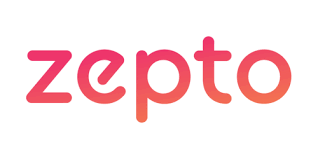
About Zepto
Zepto is a 10-minute grocery delivery service with an e-supermarket app that completely transforms the grocery shopping experience. It routinely provides over 2,500 goods in under ten minutes. It’s at the heart of what they do, and it’s why they’ve been able to develop so quickly while maintaining incredible client loyalty.
The company is situated in Parel, India, and was created in the year 2020.
Zepto, an Indian grocery delivery app that takes 10 minutes, has raised $100 million in funding.
Zepto, a Mumbai-based start-up that provides 10-minute rapid grocery delivery, has doubled its valuation to $570 million from $225 million less than two months ago as it expands into new locations.
The two companies said Monday that Y Combinator’s Continuity Fund spearheaded the $100 million Series C round in Zepto. Glade Brook, Nexus, Breyer Capital, Lachy Groom, Global Founders Capital, and Contrary Capital were among the other investors in the round, which raised a total of $160 million.
The company, founded by two 19-year-old Stanford graduates who graduated last year, came out of stealth mode in November. Long before it started talking about the company, though, Zepto had piqued the curiosity of the local startup community, with people expressing their thoughts about it.
Zepto is a 10-minute grocery delivery service whose name is a pun on a mathematics term. In recent years, this genre has exploded in popularity in many parts of the world. Swiggy and BlinkIt (formerly Grofers), two well-known firms, have also entered the fast grocery delivery market.
The appearance of Zepto in the scene was also purely fortuitous. When the pandemic struck, Aadit Palicha and Kaivalya Vohra had just returned to India for a vacation.
The teenagers, who had previously collaborated on many projects, including a school-based ride-hailing app, were suddenly imprisoned inside their Mumbai homes. As the epidemic spread, the two struggled to get their groceries, even though grocery delivery, which the local government thought important, was still permitted across much of the country.
“We assumed that the online play of the Indian grocery delivery area, which is one of the largest in the world,” Palicha said in a prior interview, without going into detail.
Palicha said in an interview last week that while the company is overwhelmed by consumer enthusiasm and support, it does not want to “get comfortable.”
“We are a little too hard on ourselves and have quite high expectations of ourselves.”
“People are happy when their deliveries arrive in 10 minutes or less,” he continued, “but can we keep scaling our SKUs and improving our unit economics?”
Vohra claims to have a customer retention rate of 65% month over month and has built a network of micro-warehouses, each of which can handle over 2,500 orders each day.
India’s e-grocery market is anticipated to be worth $25 billion by 2025, according to Sanford C. Bernstein. “By 2025, online grocery penetration is expected to climb to 3-5 per cent, up from less than 1% today,” according to the report. Long-term structural reasons include:
- Rising affluence and prosperity.
- Lower-tier spending.
- E-commerce penetration (30% CAGR).
- A young population (50 per cent under 25).
Analysts remarked that “grocery consumption as a percentage of income remained high, at 30%.” Zepto is now available in Bangalore, Delhi, Gurgaon, Chennai, and Hyderabad, with plans to expand to Pune and Kolkata soon. It has set up a maze of over 100 dark stores around these cities, claiming that they are designed for quick deliveries.
“We’re looking at a very crazy run rate,” he said. “We’ve more than tenfold our revenue in just over a month and a half.” Palicha stated, “Right now, we’re looking for a 10-fold rise by February or March.”
Another positive development for Zepto has been the talent it has attracted in recent months. Several well-known executives from Flipkart, Amazon, Uber, Dream 11, and Pharmeasy have joined the company.
One of the reasons why so many executives have joined Zepto, according to Palicha, is that it has allowed those who had relocated from Mumbai to Bangalore to return to their hometowns. However, he claims that the start-up’s fast growth, disciplined execution, and goals have attracted people with similar tastes. He stated, “We’ve been able to walk the walk.”
“We’re pumped to go all-in and win this round in Zepto” (YC W21). “We’ve seen that Aadit and Kaivalya are great founders who bring relentless concentration and “Doordash-like” execution to the rapid commerce model since they went through Y Combinator,” said Anu Hariharan, a partner at Y Combinator, in a statement.
“They started with a different strategy, quickly transitioned to fast commerce in August 2021, and are now acquiring 100,000 new clients each week, 60% of whom are women.” Their meticulous attention to detail in the logistical experience has allowed them to scale to most major metros in just 5 months. Simply put, we believe Zepto will be the long-term winner in this space.”

What is quick commerce?
What is the Quick Commerce Business Model?
The COVID-19 pandemic disrupted supply chains, resulting in q-commerce, a unique business model in which goods and services are delivered within 10 to 30 minutes of ordering.
Quick commerce, also known as “on-demand delivery” or “e-grocery,” focuses on micro to small amounts of fewer commodities, such as food, stationery, personal hygiene products, and over-the-counter medications.
The focus of online merchants has evolved away from traditional well-stocked, huge warehouses on the outskirts of cities and towns and toward micro-warehouses near the delivery point. Furthermore, these businesses try to limit supply to a small number of high-demand items (under 2,000).
India’s Quick Commerce Companies: Mumbai-based Zepto, food-tech platform Swiggy’s Instamart, and Dunzo Daily are prominent players in the rapid commerce paradigm. Swiggy’s Instamart will deliver within 15 minutes by January 2022 via a network of dark stores close to most of its consumers.
It can be inferred that quick commerce is the future of commerce. In the coming years, online vendors will transition from traditional business models to q-commerce business models.
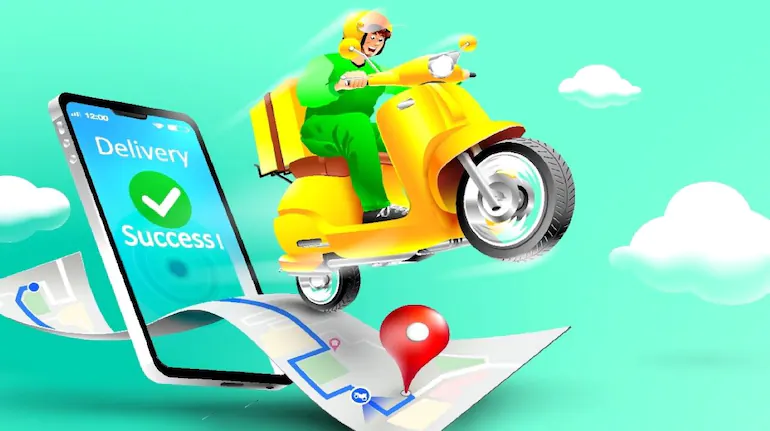
Quick commerce shakes up grocery delivery
With most people preferring to purchase groceries online, especially since the outbreak, both industry heavyweights and newcomers are looking into a new area called rapid commerce, or q-commerce.
In recent months, there has been quite a disruption in the grocery delivery space, with new entrant Zepto operating a 10-minute grocery delivery service; Grofers rebranded as Blinkit and promising a 10-minute delivery; and Swiggy investing $700 million in its express grocery delivery service Instamart.
So, why are businesses now focusing on rapid commerce, with everyone promising delivery in 10 or 20 minutes? This, according to experts, is due to a shift in customer purchasing behaviour and preferences.
According to Redseer, quick commerce was valued at $ 0.3 billion in CY2021 and is predicted to expand 10-15x in the next five years, reaching $5 billion by 2025.
According to the report, rapid commerce can reach roughly 20 million Indian households, with a market value of $ 50 billion in 2020. Q-commerce will become one of the most popular e-commerce models, catering to consumers’ expanding needs.
“Emerging as one of the fastest-growing e-commerce platforms, q-commerce is meeting the demand for speedier delivery among convenience-seeking customers,” according to the report.
Mid-to high-income households in Metros are progressively replacing conventional Kirana with q-commerce platforms like Swiggy’s Instamart and Dunzo, which offer high fill rates and 30-45 minute delivery service for unplanned purchases.”
Zepto is a 10-minute grocery delivery service that was launched five months ago. It recently raised $100 million in a Series C round of funding. It has been rapidly expanding, with the number of users doubling every month.
Apart from Mumbai, Zepto has expanded in Bengaluru, Delhi, Gurugram, Chennai, Hyderabad, and Pune in the last two months. It is expected to debut in Kolkata soon.
“Quick commerce can revolutionise the way individuals buy necessities.” We believe we can increase our market share in all of India’s major cities. We’re building a team from the ground up, from supply chain to marketing and finance. Aadit Palicha, co-founder and CEO of Zepto, tells TNIE, “10-minute delivery done consistently is not just an operationally challenging undertaking, but it also takes a profound understanding of technology.”
Furthermore, consumers today expect fresh products with the consistent quality delivered in a short period of time. Zepto aims to reach out to clients in additional smaller markets, and it’s looking into ways to expand its delivery to tier-2 and tier-3 cities.
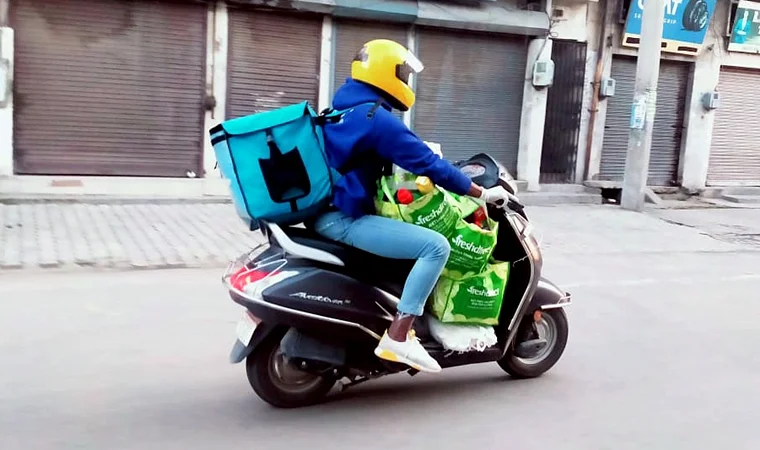
The future of commerce
Grofers, which Zomato backs, recently relaunched as Blinkit and began focusing on 10-minute delivery.
“The Blinkit service will now only be provided in places where we can arrive at our customers’ locations within 10 minutes,” says the company (or less). We are entirely dedicated to same-day delivery, focusing primarily on locations that we can serve in under 10 minutes and putting everything else on hold. In a blog post, Blinkit creator Albinder Dhindsa adds, “We intend to be extremely consistent with our 10-minute guarantee.”
Blinkit has temporarily halted service in all other areas where it could not provide 10-minute deliveries.
“While we recognise that a 15- or 20-minute delivery service is preferable to no service, our systems and infrastructure are designed exclusively for 10 minutes (or less),” he says.
Swiggy Instamart has added more than one seller-run dark store every day in the previous several months.
It intends to deliver orders in 15 minutes or less by January 2022, thanks to a network of dark stores near the bulk of its clients.
Dark shops are warehouses or outlets where e-commerce corporations may promptly fulfil their purchases.
These businesses will primarily be located in cities, following the q-commerce concept to deliver as rapidly as feasible. Swiggy Instamart currently serves consumers in 18 cities and processes over one million orders per week.
“At our current growth pace, Instamart is on track to reach a $1 billion annualised GMV run rate in the next three quarters,” said Swiggy CEO Sriharsha Majety.
BigBasket, a Tata company, is expected to enter the q-commerce market soon. Other prominent businesses include Dunzo, which is funded by Google and delivers necessities in 19 minutes.
Challenges galore
Even though companies promise delivery in 10-20 minutes, e-commerce players confront numerous hurdles. Building technology to consistently deliver the product in 10 minutes and managing a supply chain in a way that reacts to such a high-touch and high-frequency use case, according to Zepto CEO, are some of the exciting difficulties in quick-commerce today.
Start-up for a transportation marketplace Karan Shaha, Vahak’s CEO and Co-Founder says, “Once we have the necessary network coverage in terms of retailers under a brand, 10-minute or under-20-minute deliveries are easier to achieve than expected. The majority of hyperlocal deliveries rely on existing stores in residential areas. The main areas of concentration are technology integration at the point of sale, good internet access to process orders, better payments, and a reliable network of delivery persons.”
These entrepreneurs believe that q-commerce will continue to grow and gain popularity in the future years, with back-end technology and supply chain playing a crucial part in delivery.
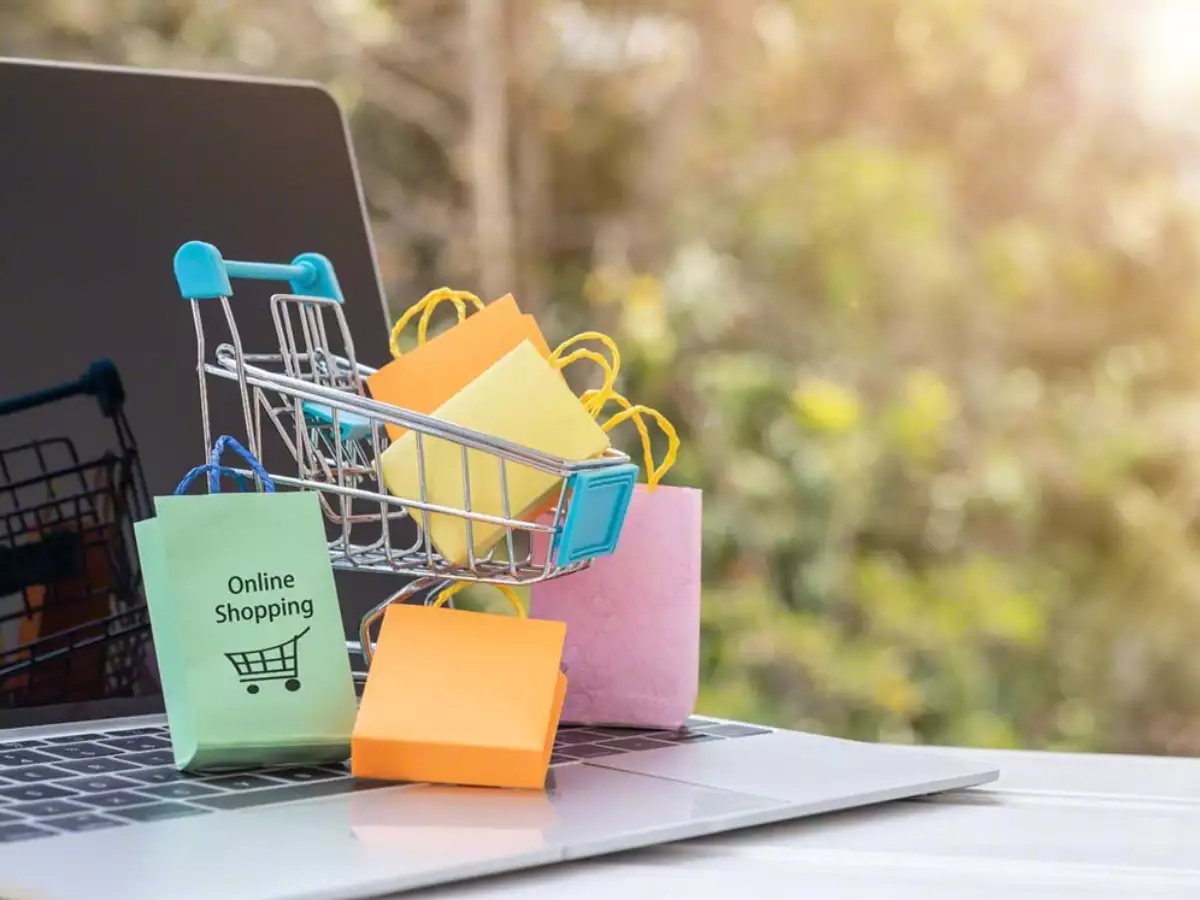
India quick commerce market to reach $5 bln by 2025: RedSeer report
According to a new analysis by consulting firm RedSeer, India’s rapid commerce sector is predicted to increase 10-15 times in the next five years, to become a $5 billion business by 2025.
Quick commerce is described as the delivery of consumables in less than 45 minutes for a bit of fee. Some of the players in this space are Dunzo and Swiggy Instamart.
Shifting consumer behaviour from value-seeking to convenience seeking, resulting in weekly, small-sized purchases rather than more significant, monthly purchases; rising adoption among comfort-seeking customers with unplanned ordering behaviour; the increasing affinity of online and gen-Z customers towards top-up and indulgence purchases; and Covid-led change in consumer behaviour towards using online as a replacement for Kirana.
According to the report, “Quick Commerce: A $5 Billion Market by 2025,” market penetration of quick commerce is estimated to be around $0.3 billion in the calendar year 2021 and will grow to $5 billion by 2025.
“Quick Commerce is quickly becoming one of the most popular e-commerce models, catering to the convenience-seeking customer’s desire for speedier delivery. Mid-to high-income households in Metros are increasingly replacing traditional Kirana with Quick Commerce Platforms like Swiggy’s Instamart and Dunzo, according to Mukesh Kumar, engagement manager at RedSeer. “With high fill-rates and 30-45 minute delivery service for unplanned orders, mid-to high-income households in Metros are increasingly replacing traditional kiranas with Quick Commerce Platforms like Swiggy’s Instamart and Dunzo,” said Mukesh
According to the study, rapid commerce can reach 20 million Indian families.
Consumables (fresh, basics, packaged foods, beverages, home and personal care, over-the-counter pharmaceuticals, alcohol, tobacco, and pet supplies) and adjacent or long-tail categories are the two key potential in the Indian quick commerce (Q-Commerce) sector (flowers, gifts, books, small electronics, etc.).
The Indian consumables market is expected to develop at a steady 6% compound annual growth rate for the next five years, reaching around $1 trillion by 2025, up from $725 billion in CY20.
Furthermore, Q-commerce penetration in the online consumables market is around 7%, with 12-13 per cent projected by 2025. The online consumables business, which is currently worth $3.8 billion, is predicted to increase rapidly to more than $30 billion by 2025, with over half of it coming from metro and Tier-1 areas.
These cities’ mid-to-high-income households will fuel growth as they seek convenience and spend across consumables sub-categories. Gen Z, ambitious millennials, Gen X-active buyers, and Gen X-passive purchasers are among these customers. Gen Z-impulse buyers and ambitious millennials dominate unplanned purchases, and their fulfilment methods predicate speed and convenience.
The primary drivers of this are the willingness to spend more for premium items, the growing market for easy-to-cook products delivered to your door, the demand for healthy and nutritional products, and the increased consumption of novel products as a result of the worldwide experiences market.
edited and proofread by nikita sharma




